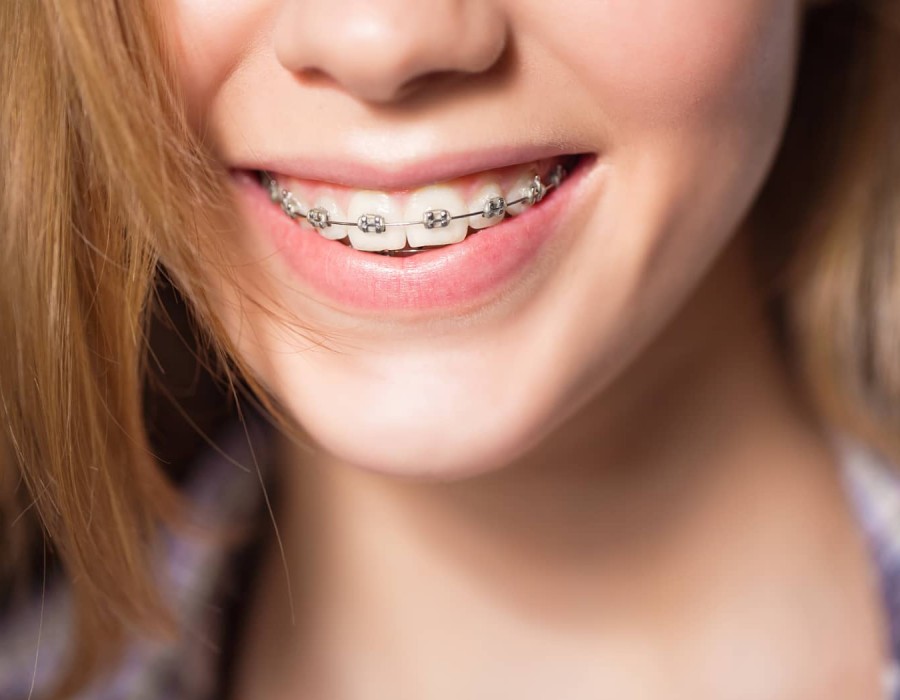When it comes to achieving a perfect smile, braces are often the go-to solution. But what is the best age for teeth braces? This question has sparked curiosity among parents and young individuals alike. While teenagers are often seen sporting braces, are they truly the best candidates? Let’s dive into the process, benefits, and post-treatment care to determine why braces are commonly associated with adolescence.
Understanding Braces and Their Purpose
Braces are orthodontic devices designed to correct dental issues such as misaligned teeth, overcrowding, and improper bites. They work by exerting gentle pressure on the teeth over time, gradually guiding them into the desired position. While the benefits of braces are universal, determining the right age to begin treatment is crucial for optimal results.
What is the Best Age for Teeth Braces?
Orthodontists generally recommend braces during the teenage years, typically between 12 and 16. At this age, most permanent teeth have erupted, and the jaw is still growing. This combination provides an ideal foundation for braces to work effectively.
However, the best age can vary based on individual dental development. Some children may need early intervention, while others might benefit from delaying treatment until their late teens. Consulting an orthodontist is essential to assess the unique needs of each patient.
Why Teenagers Are Ideal Candidates for Braces
- Developmental Readiness Teenagers’ jaws are still growing, making it easier to guide the teeth into alignment. This flexibility in bone structure allows for quicker and more efficient treatment compared to adults.
- Peer Acceptance During adolescence, wearing braces is often seen as a rite of passage. Many teenagers find comfort knowing their peers are undergoing similar treatments, reducing any stigma.
- Long-Term Benefits Addressing dental issues early can prevent complications such as gum disease or excessive wear on teeth later in life. Teens who get braces often enjoy better oral health as adults.
The Braces Process: What to Expect
- Initial Consultation The journey begins with a comprehensive examination by an orthodontist. X-rays, photographs, and impressions of the teeth are taken to create a personalized treatment plan.
- Fitting the Braces During this appointment, brackets are bonded to the teeth and connected with wires. Depending on the patient’s needs, additional components such as spacers or rubber bands may be introduced.
- Routine Adjustments Regular check-ups, typically every 4-6 weeks, are essential to adjust the braces and ensure progress. These appointments also allow the orthodontist to address any concerns.
- Removal and Retention Once the teeth are aligned, the braces are removed. To maintain the results, a retainer is provided and must be worn as directed.
Alternatives to Braces
While braces are the most common solution, alternatives like clear aligners (e.g., Invisalign) are gaining popularity. These are particularly appealing to individuals seeking a more discreet option. However, traditional braces are often recommended for complex cases due to their effectiveness.
Common Concerns and Solutions
- Discomfort It’s normal to experience some soreness after adjustments. Over-the-counter pain relievers and soft foods can help ease the discomfort.
- Dietary Restrictions Avoiding hard, sticky, or chewy foods is crucial to prevent damage to the braces. However, with proper care, dietary adjustments become second nature.
- Oral Hygiene Braces require diligent cleaning to prevent plaque buildup. Specialized tools like interdental brushes and water flossers can make this task easier.
Post-Treatment Care: Maintaining the Perfect Smile
Achieving a straight smile is only half the battle; maintaining it is equally important. Retainers play a critical role in ensuring the teeth remain in their new positions. Orthodontists typically recommend wearing retainers full-time for the first few months, followed by nightly use. Regular dental check-ups and good oral hygiene are also essential to preserve the results.
The Psychological Impact of Braces on Teenagers
Teenagers undergoing orthodontic treatment often experience a boost in confidence once their braces come off. A beautiful smile can improve self-esteem, encourage social interactions, and even enhance academic performance. Addressing dental issues during adolescence can have long-lasting positive effects on mental health.
Conclusion
So, what is the best age for teeth braces? While the teenage years are often ideal due to developmental and social factors, the answer ultimately depends on the individual. Early consultations with an orthodontist can help identify the right time to begin treatment, ensuring the best outcomes. By addressing dental issues during adolescence, individuals can enjoy a lifetime of healthy, confident smiles.





Comments